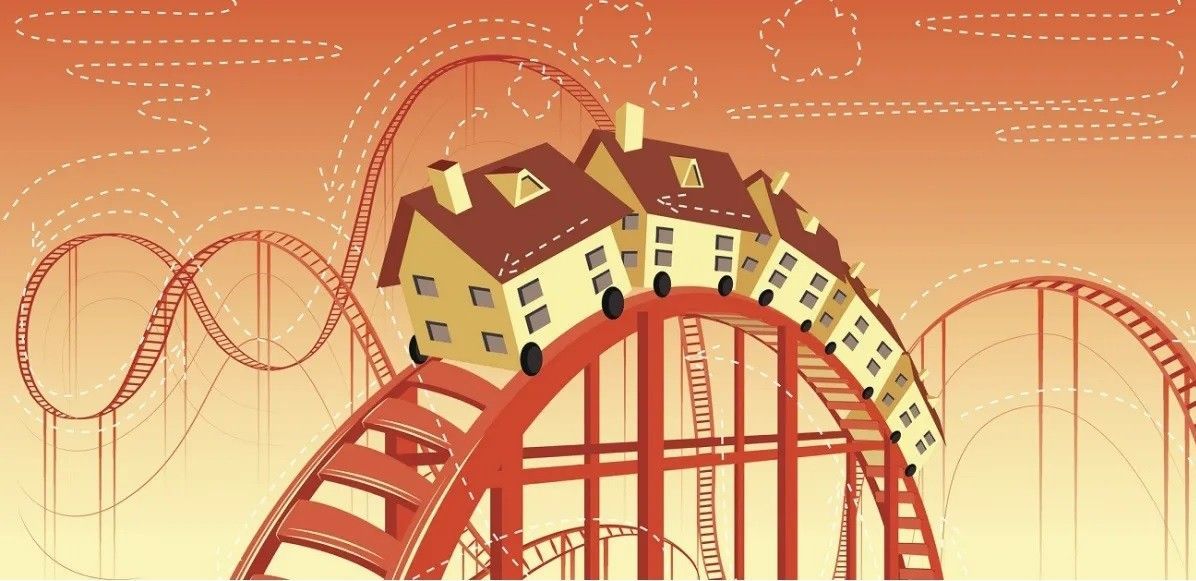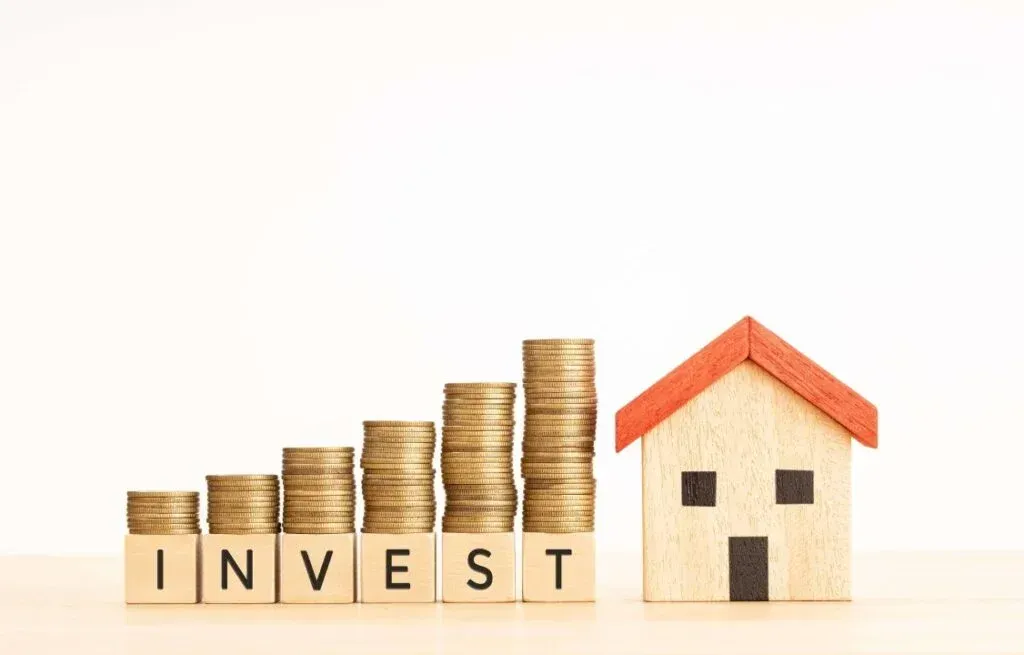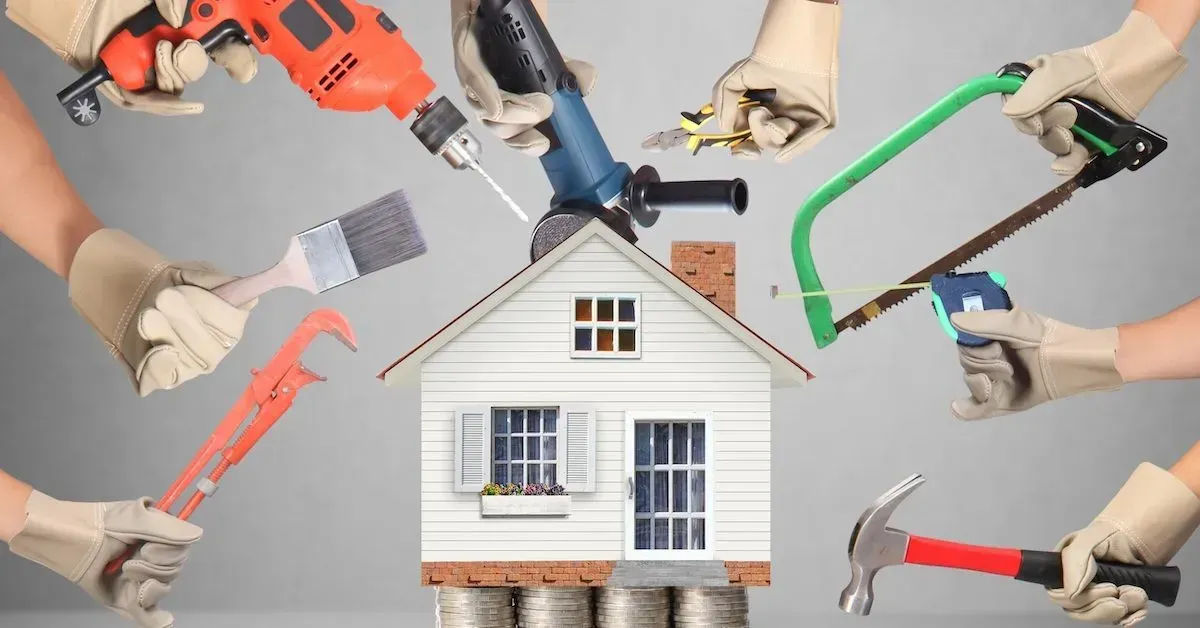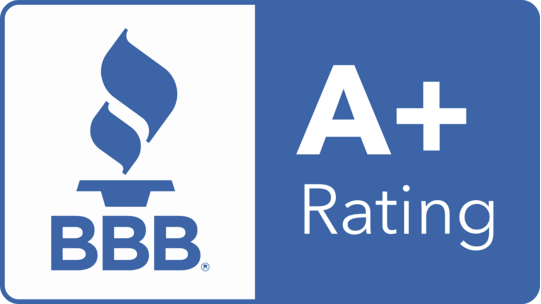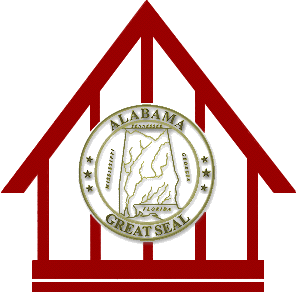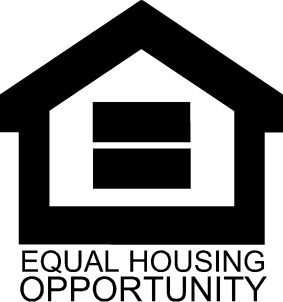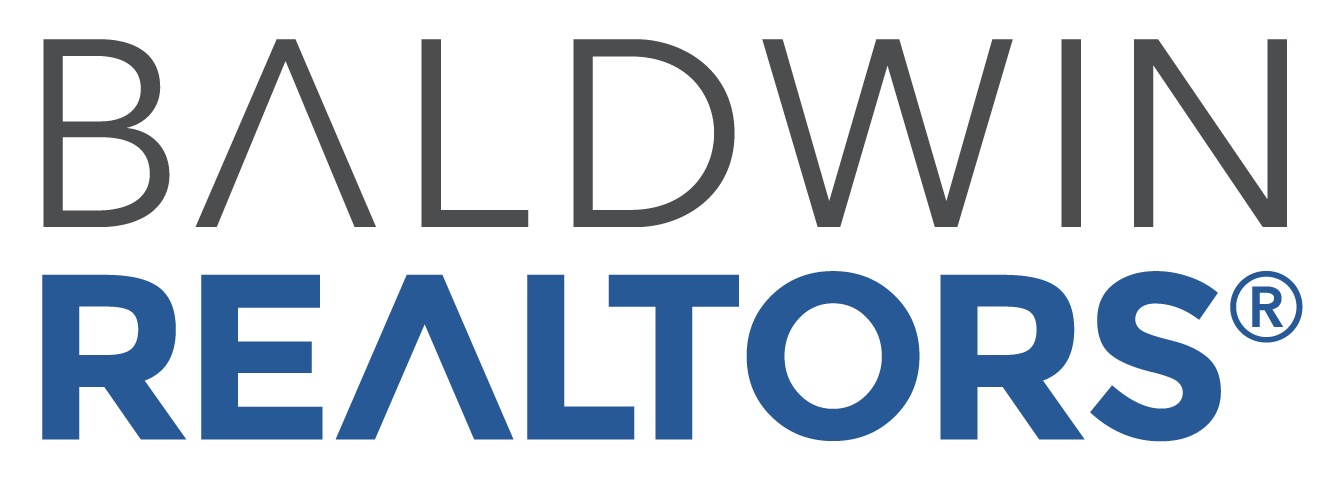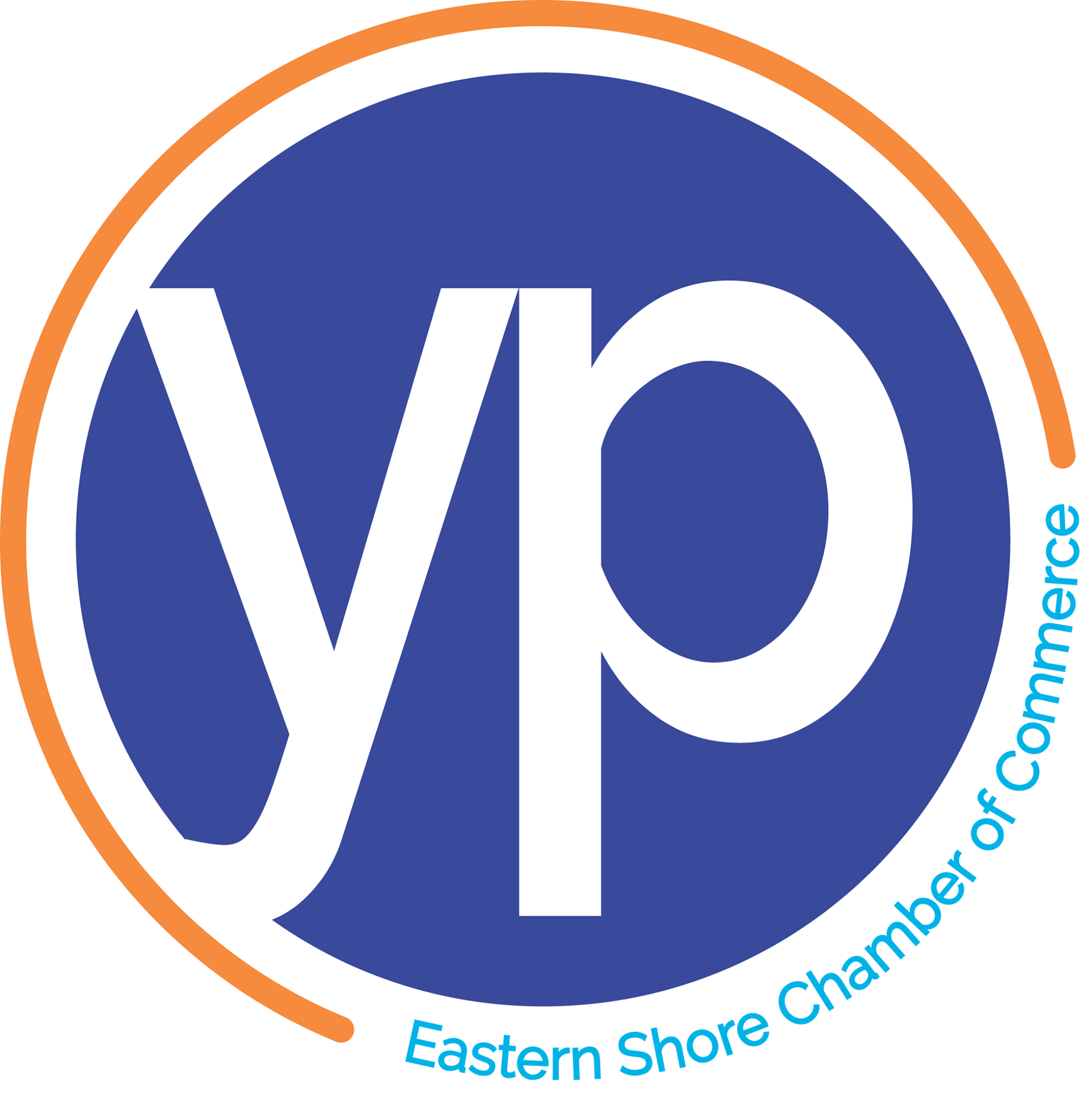Rising Costs, Rising Rental Rates
How Tariffs Could Impact Your Rental Properties

The tariffs that President-Elect Trump proposes on imported goods, particularly on materials like steel and lumber, could have a significant impact on both the housing and rental markets. By raising costs for building materials, tariffs directly affect the prices associated with constructing homes, which then trickles down to buyers, renters, and even homeowners seeking repairs or renovations.
Housing Market Impact
Increased tariffs on materials such as steel and lumber could raise the overall cost of building new homes. Construction companies facing these higher costs would likely pass them on to homebuyers through higher sales prices. For example, if tariffs lead to a 20% increase in the cost of lumber, a builder might need to increase home prices to maintain profitability. This can especially affect entry-level homes, as even small price hikes may push these properties out of reach for first-time homebuyers.
Higher prices also mean that fewer people may qualify for mortgages, as lending limits are often based on income-to-debt ratios. Consequently, demand for housing may decrease, which could lead to a slower market. On the flip side, however, with fewer people able to afford to buy homes, sellers could see homes sitting longer on the market or face pressure to reduce asking prices, potentially leading to a decrease in home value appreciation over time.
Impact on the Rental Market
As home prices rise, more people may choose to rent rather than buy, increasing demand in the rental market. Landlords could take advantage of this demand, raising rent prices. For example, if young families or individuals are priced out of purchasing homes, they may turn to rentals, driving rental prices up due to limited supply.
The ripple effect may be even more pronounced in areas with already limited rental availability, as higher demand can make affordable rentals even more scarce. In cities with a high cost of living, this could exacerbate existing housing affordability issues. Landlords might find themselves in a favorable position with more potential renters than available units, allowing them to increase rents further.
Additionally, construction costs affect multifamily housing projects like apartment buildings. Developers may delay new projects or be more conservative with unit counts due to increased building costs, further limiting supply in the rental market. If fewer new rentals are added to the market, scarcity can drive prices up even more.
Long-term Considerations
These tariffs could ultimately lead to a widening gap between homeownership and renting affordability, especially as construction companies re-evaluate costs and demand for both housing and rental properties continues to shift. While tariffs are intended to stimulate domestic production, the price hikes they create in essential materials can have an unintended impact on affordability across the housing spectrum.
In conclusion, tariffs on materials like steel and lumber can increase housing prices, potentially making homeownership less accessible. This, in turn, pushes more people toward renting, increasing demand and prices in the rental market. As builders face higher costs, both housing and rental markets may see significant shifts, impacting affordability and accessibility for many Americans.

